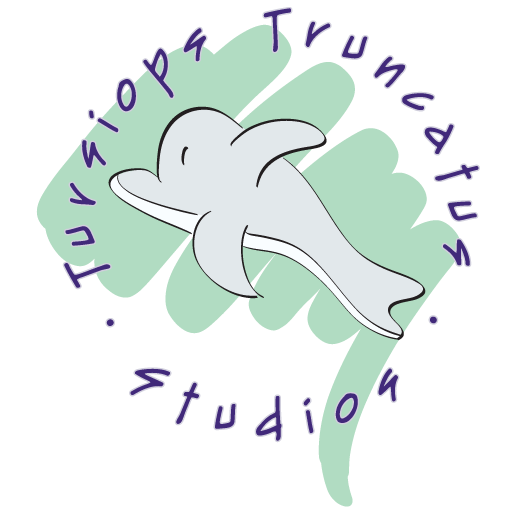May 2020: On Dragons and Dressmaking
Lately I’ve found my cosplay skills redirected towards the nation-wide effort of sewing altogether too many washable cloth face masks. In April in particular, I probably logged more hours behind a sewing machine than I did behind a keyboard. And that time has helped me reflect on how a seemingly unrelated hobby has actually helped build skills that have come in handy while developing The Day We Fought Space.
Pattern pieces for a belt, sheath, and boot cover for a Cadence (Crypt of the Necrodancer) costume, a recent but technically straightforward design
Dozens of pattern pieces for the most complicated dress I’ve ever sewn, Red’s dress from Transistor. There are more pieces, but the building blocks keep a simple shape..
If you’ve never sewn a garment from a pattern before, and you’ve wondered how it goes, let me start by dispelling the notions that cartoons might have taught you: if you’re sewing a shirt, you don’t start by cutting out a shirt-shaped piece of fabric. Rather, it starts out as a bunch of much simpler shapes. And as you progress to take on more and more complicated sewing projects, the cutting portion never really gets any more technical from beginner to expert — you just might wind up doing more cuts.
Now, there are two things that have stepped up the difficulty for my cosplay career beyond out-of-the-box sewing patterns. First, my taste for cosplaying as off-the-beaten-trail characters means that even these days, when the pattern catalogues have a dedicated “cosplay” section with unlicensed designs so close to the mark you wonder how lawsuits haven’t been filed yet, I’m going to need to make some alterations to the pattern to for the sake of accuracy. Second, as those of you I’ve had the pleasure to meet at a convention can attest to, I am a l o r g e human being — both tall and wide. Very often the perfect multi-size pattern stops a few dress sizes short of what I need, and I need to extrapolate the difference.
This means nearly every costume has been an exercise in reverse-engineering how simple pieces of fabric function, connect to each other, and how making small changes in one piece will affect the final costume.
Repeat this exercise for 15 costumes or so and you’ll eventually get to the year that I had to code this beast, a mechanical dragon capable of organically tracking the player’s position — and, since this is a physics game, it needed to be able to recover fluidly from being thrown around by kinetic missiles and gravity wells.
Rawr! I’m a dragon!
The scripting, for all of this, is actually pretty straightforward. It’s just simple pieces, working in tandem. Aside from the head, and wings, the only tricks any of the rest of the dragon need to know are “follow the piece in front of me” or “maintain my current position and orientation.” The rest of the organic motions of this enemy come entirely from tweaking some parameters, not from any additional programming.
And yes, while the whole concept of “break big problems down into smaller ones” is one that every programmer will hear a hundred times in their first semester of any computer science curriculum, working with real physical shapes in three dimensions definitely equipped my brain better for this particular problem.
So keep your horizons broad, because you never know when a weird skill is going to come in handy in this industry.



